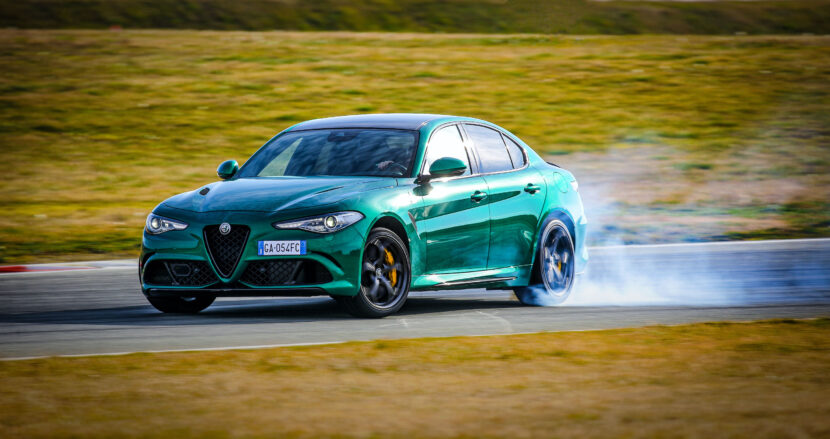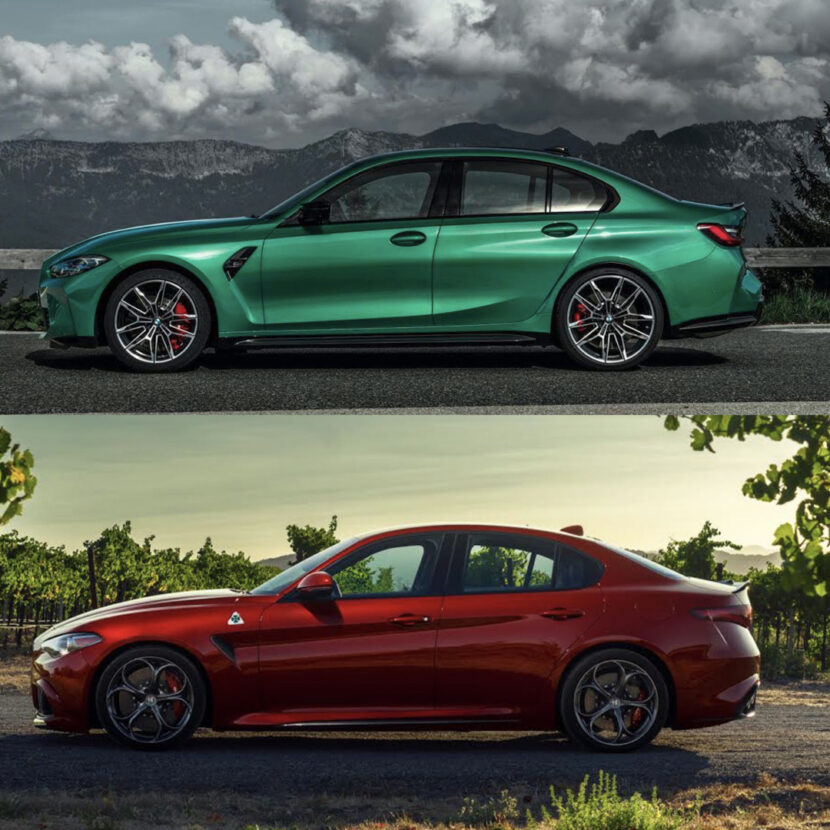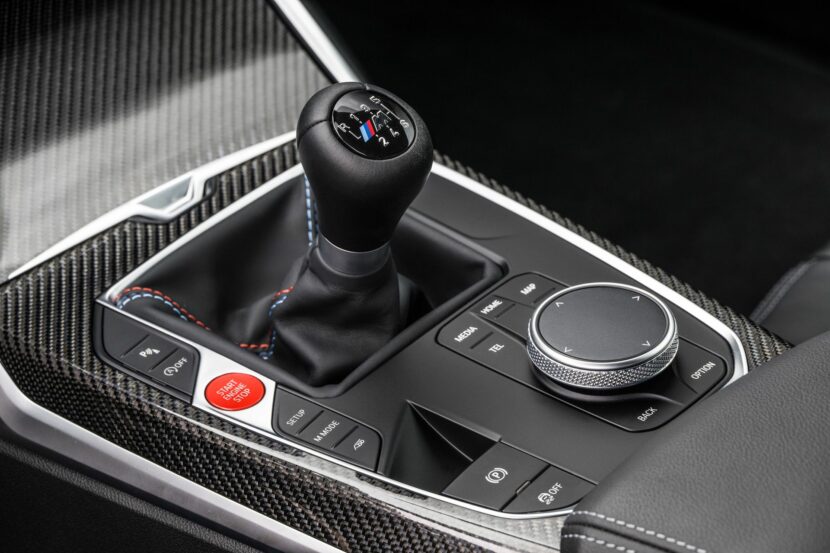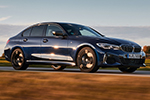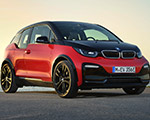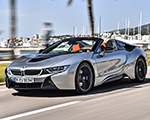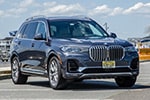The Alfa Romeo Giulia Quadrifoglio is a car built on passion. Like any performance car, its target demographic is enthusiasts. The car’s Italian heritage and devilishly good styling doesn’t hurt, either. It also has the distinction of being one of very few cars to take on two different generations of the M3 and, more or less, hold its own just as good as anything else. That’s despite small changes in the Alfa over its decade of production — and a major generational shift in BMW land. Recent reports indicate that, after a hiatus, the Alfa Romeo Giulia Quadrifoglio is in fact returning. Should BMW be concerned? More importantly, does this really mean anything for M3 shoppers?
Alfa Romeo Giulia Quadrifoglio Returns: What to Know
Production for the hot Giulia technically ended in September, but Alfa actually pulled the car from the States a year early. However, a recent interview with Autocar revealed that the Giulia Quadrifoglio is returning to at least the British market in April 2026. Technically, no word yet on U.S. release, but we figure it’s a 50/50 shot. According to Motor1, Alfa claims the regular Giulia will remain in production until at least the end of 2027. The car returns as Alfa reworks the successor vehicle(s) to accommodate a combustion engine. Alfa’s initial plans forecasted EV-only replacements.
Quadrifoglio vs. G80: Now and the Future
So, what does this really mean for the BMW M3? The two cars are hardly incomparable; in fact, we’ve already looked at how the car stacks up to the G80 M3 and F80 M3. We’ve test-driven the Quad numerous times and thought it handled and steered the best. Arguably, the G80’s biggest foibles are where the Alfa excels: steering feel and aesthetics. At least from outside the car, the Quadrifoglio still looks good, even ten years after its debut. Meanwhile, the G80 continues to polarizing, even despite a mid-lifecycle refresh that included a light facelift. The G80 will always be quicker in a straight line (with or without all-wheel drive). But that isn’t always what matters to enthusiasts.
It’s clear the Quad is a close rival. Ultimately, that’s great — it’s another choice for performance sedan shoppers, a segment with only so large a candidate pool. Of course, Alfa doesn’t sell anywhere near the number of Giulia Quadrifoglios that BMW sells M3s; statistics suggest only around 2,000 Giulia Quadrifoglios changed hands between 2017 and 2023, a literal fraction of the number of M3s sold in the same time. So, it seems safe to speculate that the Giulia’s re-introduction won’t matter much to BMW’s bottom line.
Looking ahead: the next-gen M3 comes sometime in 2028, reportedly with gas and EV models. The future looks similar for the Quadrifoglio; back in March, Alfa Romeo’s head of marketing and communication claimed the car needed a “roar,” heavily implying a combustion engine. However, Alfa being part of Stellantis means the future is pretty much always an uncertainty. For this reason alone, we think picking up (or certainly at least test driving) a Giulia Quadrifoglio is a great play if it otherwise fits into your car-buying plans. Gas-powered M3s aren’t going anywhere anytime soon; who knows if the next Giulia even makes it to production, let alone drives anywhere near as great as the current one?



